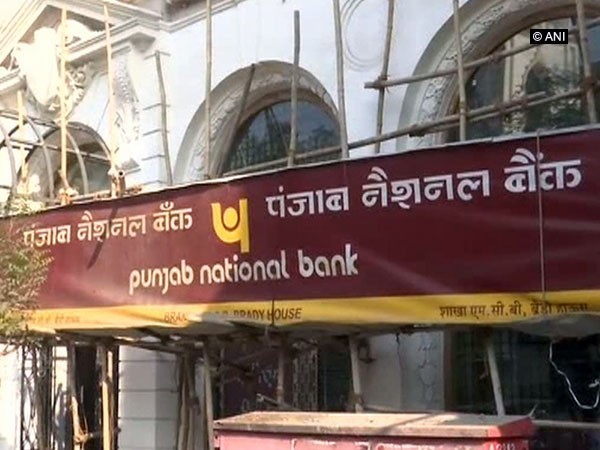RBI’s fifth Repo Rate Cut may increase the real estate sales in this last quarter of the year.
By Abhay Shah

The fifth consecutive rate cut this year by the Reserve Bank of India is in line with expectations and could probably help boost consumers’ feelings in advance of the festive season, a significant quarter for the selling of real estate. Nevertheless, real estate experts said it was not enough to help flagging consumer demand.
In the midst of the festival season, on 4 Octobers, the central bank lowered the repo rate – its main lending rate by 25 basis points to 5.15%. The repo rate is the rate at which RBI loans banks. In the past nine years, these rates have now reached its lowest level.
“The timing of the cut is important, as real estate demand and consumption are expected to increase after the festive season, as it is a major period for investment/consumption window across sectors. Although RBI has been making progress, it’s critical for banks to make the rate cuts more readily available for implementation to be successful,” says Anshuman Magazine, Chairman & CEO, India, South East Asia, Middle East & Africa, CBRE.
“The cost of capital will be lowered by efficient transmission not only to customers but also to developers, making room for price revisions and further discounts. Some banks have agreed to tie their lending rates to the Repo rates, but all major credit institutions must do so,” said Anuj Puri, Chairman – ANAROCK Property Consultants.
As we have seen, the aggregate REPO rate decreases by 110 bps have not been able to boost both consumer demand and private investment in the economy over the past 6 quarters.
“A number of factors, such as a slowing economic performance, rising unemployment rates and low consumer confidence, have hindered the percolation of these small quantum rate cuts to the broad economy. In this regard, a further 25bps rate, decreased by the RBI, is disappointing, especially in the field of real estate,” said Shishir Baijal, Chairman & Managing Director, Knight Frank India.
Niranjan Hiranandani – National President – NAREDCO notes that this year for the fifth consecutive time India’s Monetary Policy Committee continued its accommodations by reducing the repo rate by 0.25bps, which now stands at 5.15%.
“The pairing of the repo rate is a move that will boost economic growth, ensure that inflation remains subdued and promote consumption and investment. Only positive net worth firms across the industry are becoming the negative balance sheet with the prevalent short-term pressure of liquidity within the economy.
The current economic situation suggests RBI has the time to announce its one-time scheme like that introduced under the global recession scenario during the Lehman crisis in 2009 that would serve to fix the companies in distress,” he added.
People looking for a property will now invest which is a ray of reinvigoration for the diminishing market. This decision would help not only the real estate sector but also, the FMCG, education and the auto industry, said Spaciya Advisors founder & CEO, Ajit Panda.
Pradeep Aggarwal, co-founder and Chairman of the Signature Global and Chairman – ASSOCHAM National Council on Real Estate, Housing and Urban Development, says “Those who are interested in investment in affordable housing can now benefit from the fifth consecutive reduction as the pressure for their EMI will be reduced significantly.”
On a macro level, the overall pressure at the Indian property market cannot be alleviated simply by low lending rates-the industry has been slowing down in demand for several years. Even if the euphoric era before 2010 has been forgotten, new housing projects introduced in the top 7 cities in 2018 were 64% below the previous peak of 2014. Sales have also dropped by 28%.
Currently, the sector is still saddled with 6.56 lakh unsold housing units (as of Q3 2019) in the top seven cities, and developers are coping to allocate funds to complete projects and launch new ones, Puri said. The rate cut is closely linked to the recent announcement that a Rs 20,000 crore stress fund will be set up to finance projects stuck because of capital shortages.
“It is important that this Fund is put into action shortly and show remarkable results to enhance the sentiments of industry stakeholders such as FIs, PEs, developers-and particularly home purchasers. An announcement concerning the actual deployment of the stressed fund during the festive season will count into this rate decrease and provide a positive customer response,” Puri said.



















































































